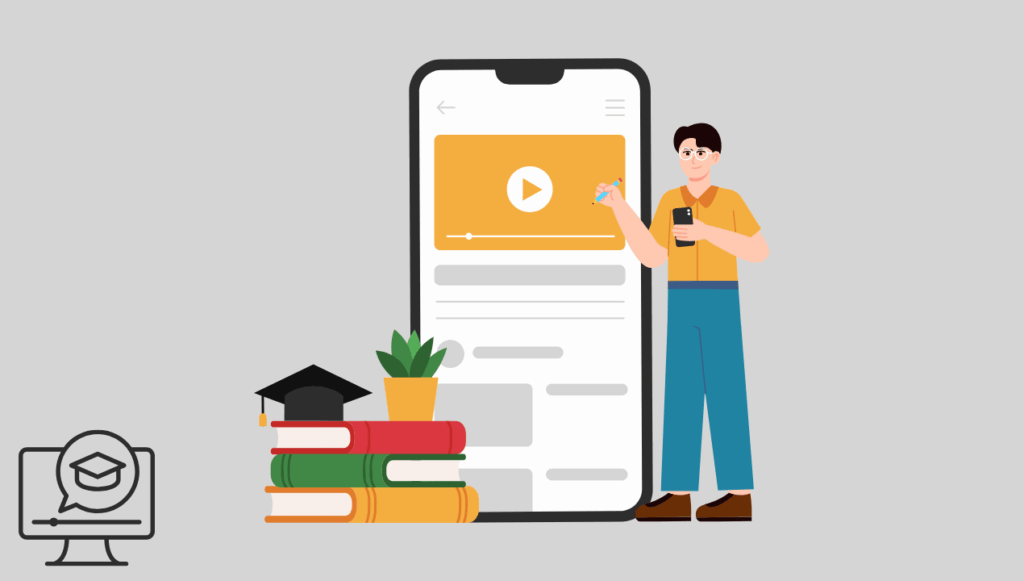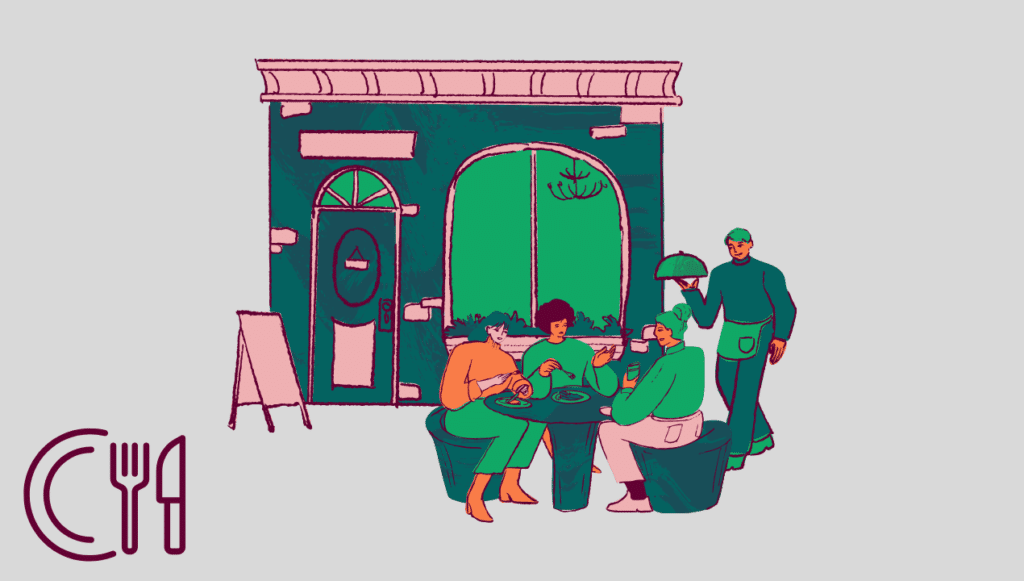
How Managed Document Services Improve Workflow Efficiency for Digital Teams
You rely on steady systems to keep your digital work moving. When documents scatter across tools and...
Here you’ll see all the posts and archives present in the Guide and Tutorial blog category. Scroll down so you can learn, see studies, step-by-step guides, tutorials, techniques, and much more.
In documentation and instructional design, tutorials are instructional-level documents that can help learners improve their skills and confidence. Tutorials and guides can take the form of screen recordings, written documents (online or downloadable), interactive tutorials, or audio files, where one person will guide you step by step on how to do something.
Tutorials and guides usually have the following characteristics: The presentation of views, usually explaining and showing the user interface to the user. The demonstration of the process, using examples to show how the workflow or process is ready; usually broken down into discrete modules or parts. A review method that can strengthen or test the understanding of related modules or parts of the content. Transition to other modules or parts based on the provided instructions. The tutorial can be linear or branched. Although many authors simply refer to instructions or prompt lists as tutorials, this usage can be misleading.
In education, tutorials are a method of transferring knowledge and can be an important part of the learning process. Tutorials are more interactive and specific than books or lectures. So, aim to teach through examples and provide information to complete specific tasks. Tutorials can take many forms, from a set of instructions for completing tasks to interactive problem-solving sessions. So, usually conducted in academia.
In UK academic terms, a tutoring class is a small class of one or several students, in which tutors, lecturers, or other academic staff pay individual attention to the students. The tutorial and guide systems of Oxford and Cambridge are the basis of the teaching methods of these universities. But they are by no means unique to them. For example, Heythrop College (University of London) provides a tutoring system but provides one-to-one teaching. Another example is Imperial College London, where tutoring is present in groups of 3 people.
Tutorials are a space where you can participate in learning content, discuss ideas, and interact with peers. Depending on the course, you may have two lessons and one tutorial per week. You can think of these as mini-courses, led by TAs instead of professors.

You rely on steady systems to keep your digital work moving. When documents scatter across tools and...

In today’s digital age, an author website is more than just an online business card, it's a powerf...

Loyalty programs build strong customer relationships. They are used by businesses to reward loyal cu...

Expanding into new markets requires more than just finding talent. Companies also need to stay compl...

As the manager, the employer, or the CEO, people might always look to you for leadership. However, t...

Running a business has many products. It is hard to find specific items in your inventory. SKU numbe...

The education process is new online, so we have e-learning booming. From solo teachers to global uni...

Restaurant operations depend on split-second decisions. When your sous chef needs backup ingredients...

Why is choosing the right power supply critical for your PC build? First off, because it will ens...